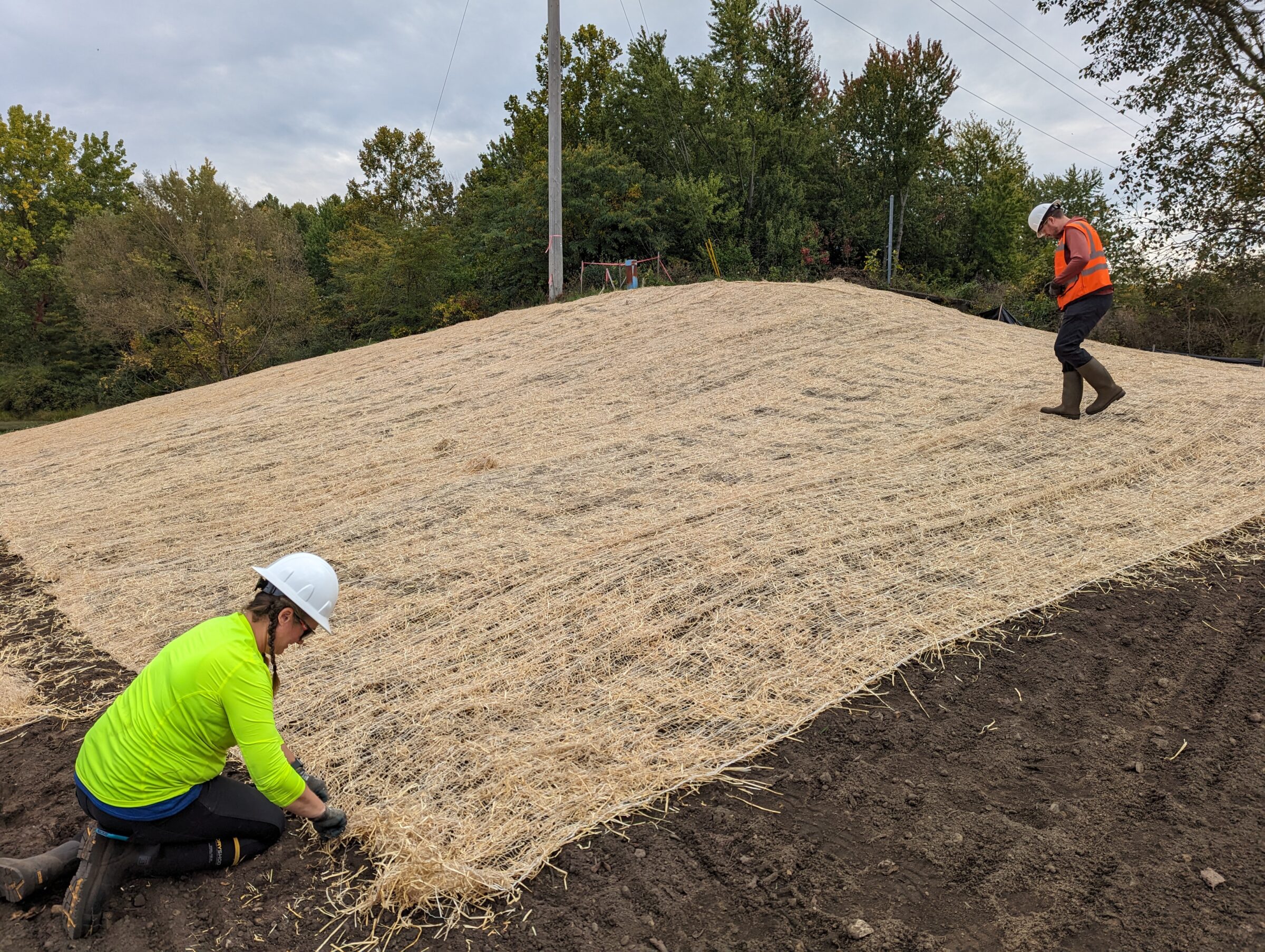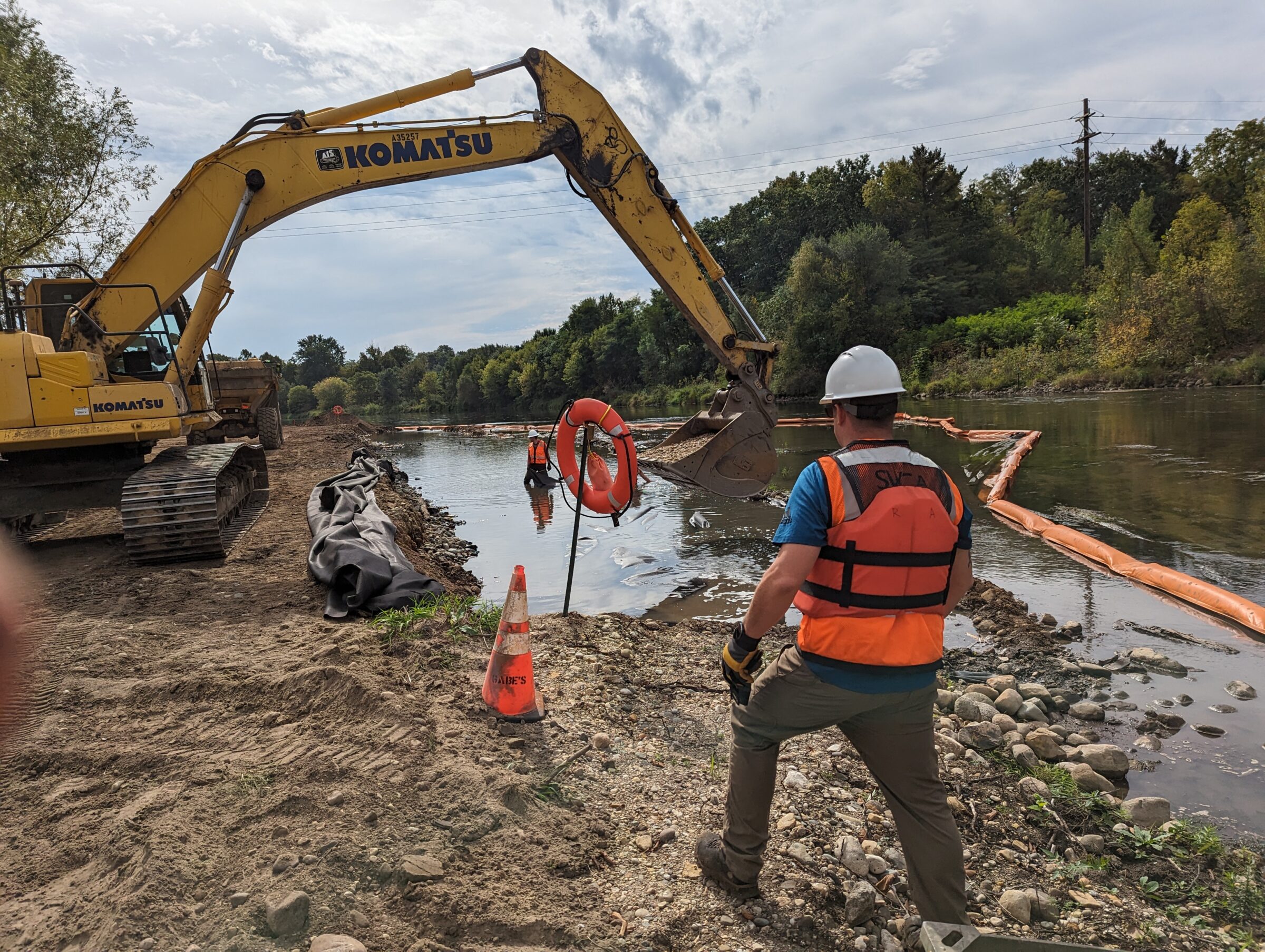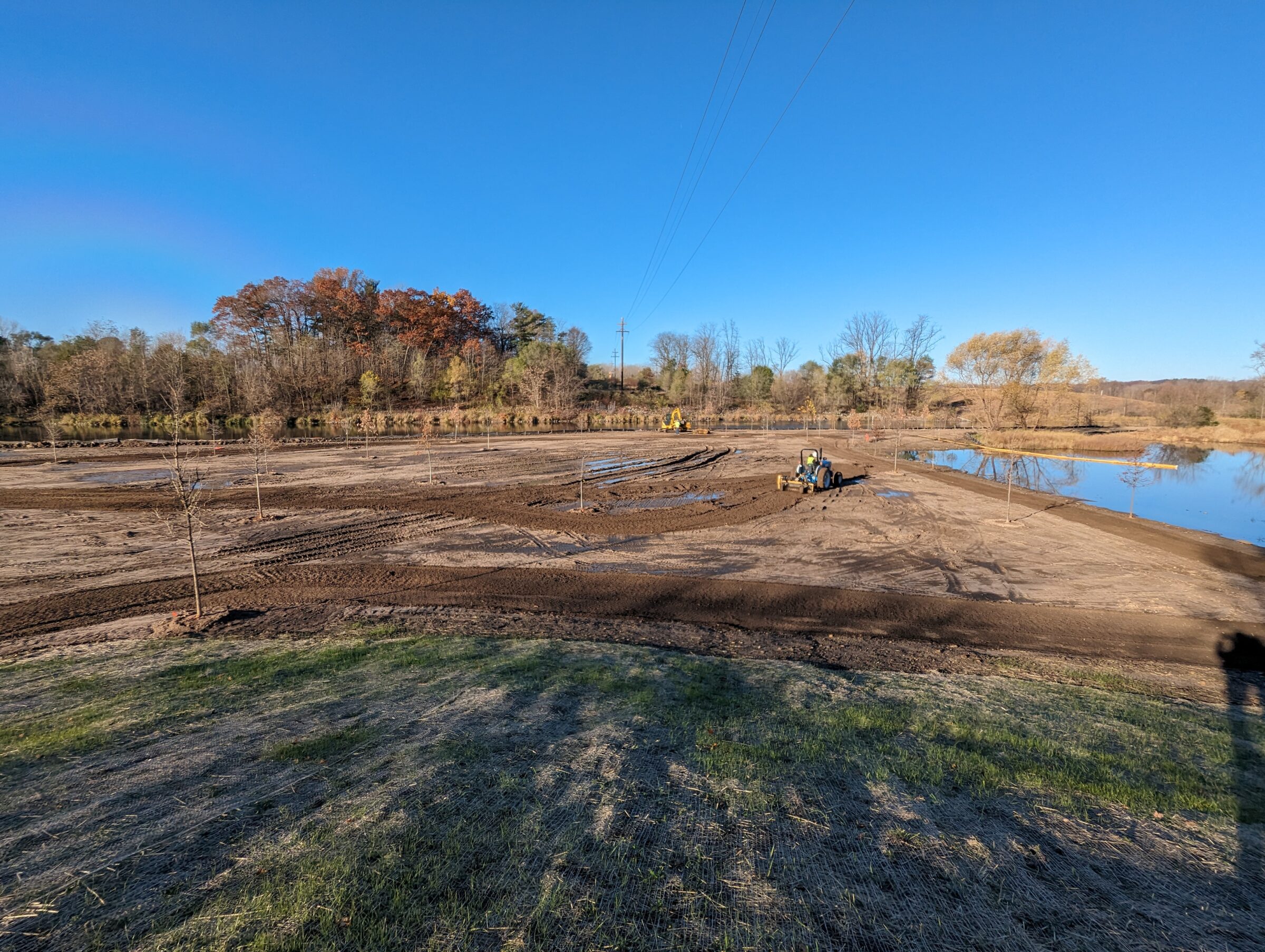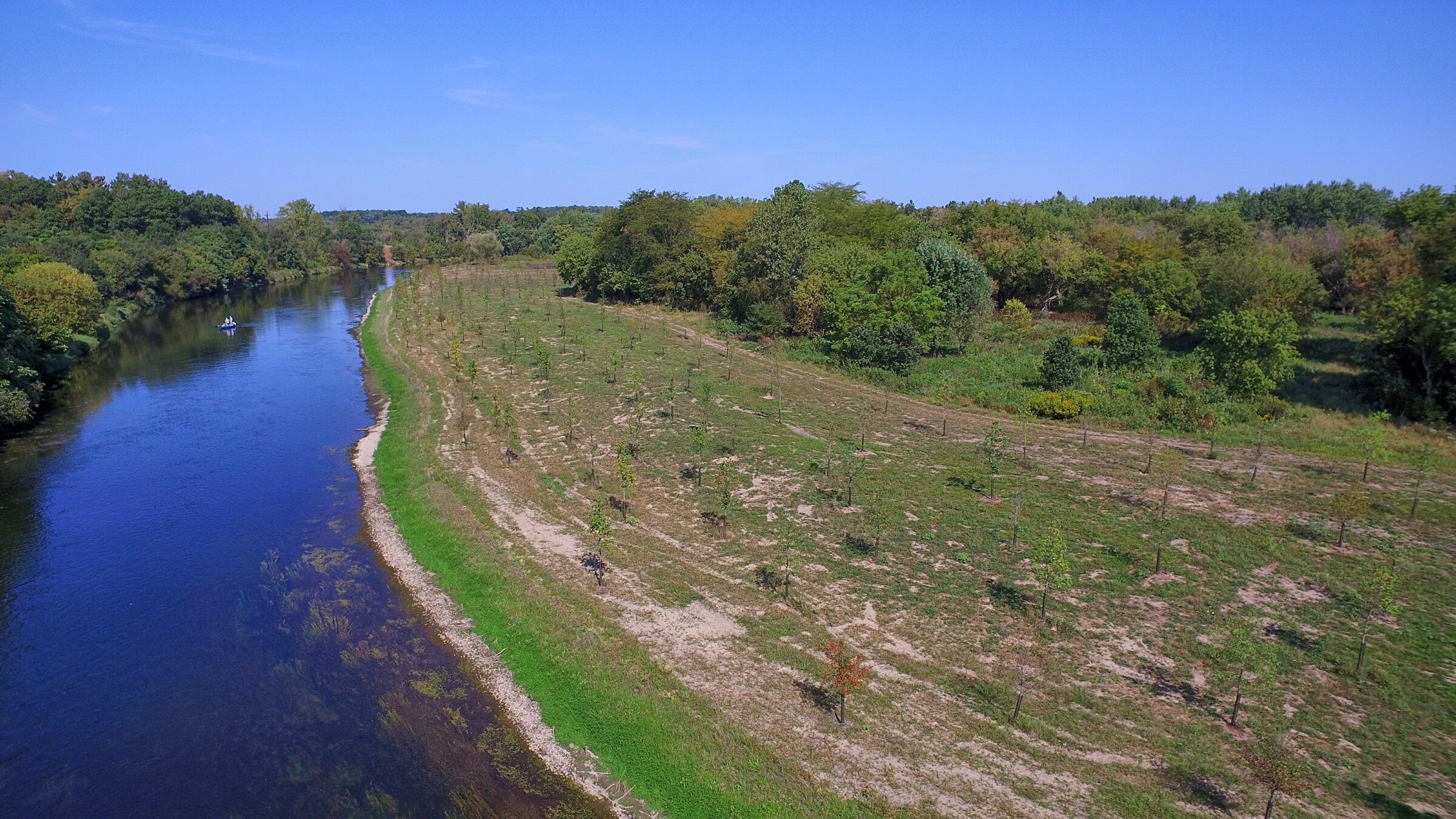2025
Comparably’s Best Company Outlook
* Providing engineering services in these locations through SWCA Environmental Consulting & Engineering, Inc., an affiliate of SWCA.

From the experts we hire, to the clients we partner with, our greatest opportunity for success lies in our ability to bring the best team together for every project.
That’s why:
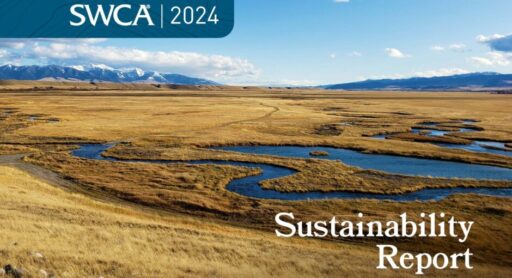
At SWCA, sustainability means balancing humanity’s social, economic, and environmental needs to provide a healthy planet for future generations.
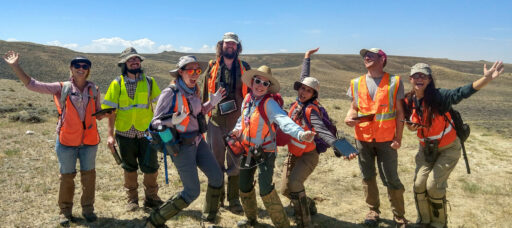
SWCA employs smart, talented, problem-solvers dedicated to our purpose of preserving natural and cultural resources for tomorrow while enabling projects that benefit people today.

At SWCA, you’re not just an employee. You’re an owner. Everyone you work with has a stake in your success, so your hard work pays off – for the clients, for the company, and for your retirement goals.
Plainwell Dam Removal and Channel Restoration

The Plainwell Dam Removal and Channel Restoration project was a significant environmental restoration effort aimed at improving the ecological health of the Kalamazoo River.

For questions or further information, please fill out the form below.

The Plainwell Dam Removal and Channel Restoration project was a significant environmental restoration effort aimed at improving the ecological health of the Kalamazoo River and helping to removal BUIs from this Area of Concern (AOC). This project was part of a broader initiative to remove obsolete dams and restore natural river flow, benefiting local wildlife, water quality, and recreational opportunities.
The Plainwell Dam, originally constructed in the early 1900s, was a key component of the region’s industrial growth, supporting local paper mills and hydroelectric power generation. For much of the 20th century, it played a crucial role in the economic development of Plainwell, Michigan. However, as industries evolved and environmental awareness grew, concerns emerged about the dam’s negative impacts on the river’s ecosystem. By the late 20th century, the dam had outlived its usefulness and was contributing to sediment accumulation, habitat degradation, and water quality issues. The structure disrupted fish migration patterns and impeded the natural flow of the river, leading to stagnant conditions and reduced biodiversity.
The removal of the Plainwell Dam was initiated as part of the Kalamazoo River Superfund Site cleanup efforts, addressing contamination issues caused by historical industrial activities, including PCB pollution. The project was led by federal, state, and local agencies in collaboration with environmental consultants and community stakeholders.
SWCA provided services associated with the restoration of roughly 7,000 linear feet of degraded riverbank and 10 acres of floodplain along the Kalamazoo River near Plainwell, Michigan. With federal funding made available through the Great Lakes Restoration Initiative, SWCA is working with their client to restore the site and establish native vegetation throughout the newly created floodplain.
Work includes the installation of over 10 acres of native seed, 550 ball and burlap (B&B) trees, over 900 containerized shrubs, and overseeing the installation of over 30 root-wad structures. SWCA worked with local plant material vendors to supply materials with local genetics to improve client resiliency. When complete, the project area will provide substantially greater ecological value to local wildlife while also being more resilient to large storms and flooding events. The project team also assisted in the redesign of the bank restoration based on current field conditions, construction feasibility, and ecological value.
As with most large federal restoration projects, SWCA provided critical coordination among the varied stakeholders that included site contractors, environmental oversight professionals, Michigan DNR staff, and restoration engineers to ensure the project proceeded as planned. SWCA’s expertise in ecological restoration and stakeholder coordination has been instrumental in ensuring the long-term success of the Kalamazoo River restoration efforts.
The removal of the Plainwell Dam resulted in significant ecological improvements. It restored a free-flowing section of the Kalamazoo River, allowing fish populations to migrate more naturally and improving overall water quality. The project also enhanced recreational opportunities such as fishing, kayaking, and canoeing, boosting local tourism and community engagement with the river.
Additionally, the project contributed to ongoing conservation efforts aimed at revitalizing the Kalamazoo River as a valuable natural resource. With the dam no longer obstructing flow, the river’s ecosystem has gradually regained balance, supporting a diverse range of plant and animal species.

